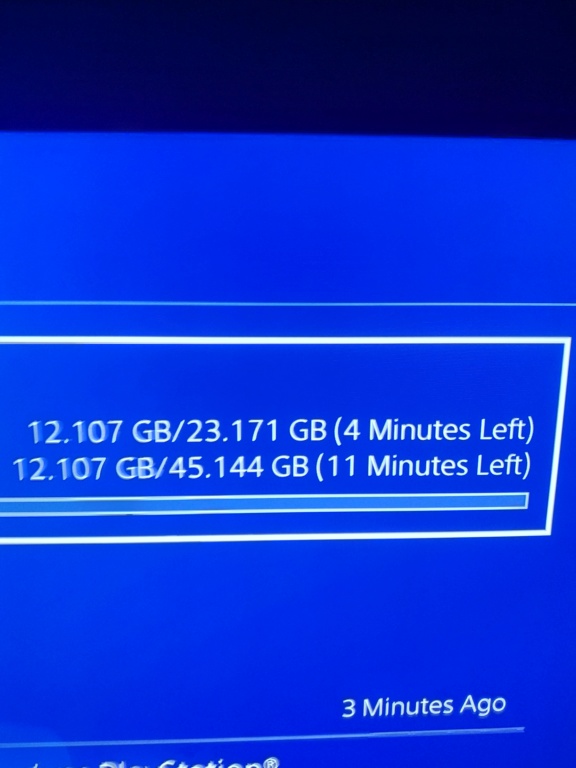Yes the quotes I selected are "ignoring parts of the interview because they don't align with my interpretations", but the quotes you selected are the "representation of the truth".
The quotes I've highlighted are in addition to those you highlighted in order to add additional context. I'm not ignoring any part of the article, I simply prefer not to cherry pick parts of it out of context so as to re-enforce my own interpretation. If you feel the quotes I've picked are missing additional context from the article then do feel free to point that out.
Yes he had access to the runtime demo in a windows PC. Which is why he ran a video at the livestream.
Makes complete sense.
Is this really the best argument you have for claiming this individual isn't an Epic employee and/or is simply lying? Here's the video itself, my Chinese isn't great but even I can tell this is legitimate and they're clearly talking about the demo. You can even check the time stamps at 53:00 and 2:07:00 to clearly see they are talking about specs and streaming speed. The translations for those points are also in the comments below the video. It's probably time you dropped this now.
"Pretty good performance" and "some fast storage" doesn't tell you it'd run faster or even that the current storage solutions for the PC would be capable.
Why would he state you need "some fast storage" to get get "pretty good performance" at the same detail levels as the PS5 if it is in fact impossible to run the game on PC at the same detail levels as the PS5 because said storage solution doesn't exist? That would be a pretty strange statement to make would it not? Wouldn't he simply have said "you can't because PC's lack the storage solutions at the moment"? I'd say you're really stretching on this point alone, but in combination with the video above I'm afraid you're straying into complete denial territory.
But it's nice that we're already getting away from the muh laptop runs the demo faster than the consoles nonsense.
This is not something I've claimed. The fact is that we don't know how they compare in performance because one is locked and the other one is likely unlocked, but also "not cooked". We can at this stage be quite certain that the 2080m powered laptop in question can run the demo that was shown on the PS5 at around 40fps.
There are tons of statements from Epic developers saying the new consoles' (plural, so SeriesX / S included!) I/O subsystems with dedicated I/O accelerators for lower latency and higher effective throughput are crucial to making the UE5 tech demo possible.
Yes, I even fucking bolded that sentence in the original post because I just knew someone would try to troll this down to fanboy warring.
I know this wasn't directed at me but it's an interesting point so I'd like to pick up on it. It seems here that you are admitting that the UE5 demo would be perfectly possible on the XSX which I agree is likely. However at the same time you are arguing that it's entirely impossible on a modern PC. I'd really like to understand how you're arriving at these seemingly contradictory conclusions? The XSX IO system is capable of 4.8GB/s with decompression. There are already drives available today which exceed this performance without decompression. We also know thanks to the DF article that Microsoft claims the IO system inclusive of decompression would saturate the equivalent of 5 Zen2 cores (and without decompression, 2 Zen2 cores). There are obviously CPU's available today which are both faster and have many more cores than this.
So how can you conclude that the demo would be totally impossible on a modern PC but entirely possible on the XSX?[/quote]

